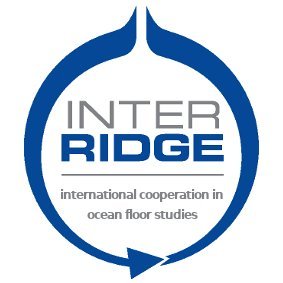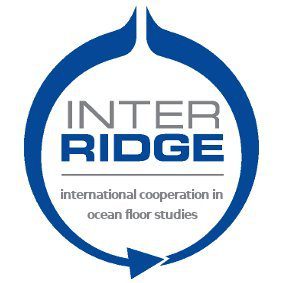InterRidge 2021 Webinar #2
Probing Past and Future Volcanism at 9º50’N, East Pacific Rise (01:00 am GMT, Wednesday October 20th)
Summary
Volcanism eruptions in the oceans account for a large fraction of the magmatism on Earth, yet their size and frequency remain poorly understood. Repeat eruptions at 9º50’N on the East Pacific Rise has been well documented over the past 30 years, but the volume of any individual eruption remains uncertain because of the limited high-resolution sonar data coverage. Here I report on near-bottom data collected at 9º50’N from 2018-2021, using autonomous, remotely operated, and human occupied vehicles. The resulting bathymetric grid has an absolute positional accuracy of <5 m and resolution of 1 m, and extends over 115 km^2 spanning the entire 2005-2006 eruption area, including an 8 km^2 pre-eruption bathymetric survey collected in 2001. Combined with centimeter-resolution sidescan sonar images and impulsive acoustic events recorded during the eruption, we find that the 2005-2006 erupted volume was ~22 x 10^6 m^3, although 57% of the total melt extracted from the axial magma chamber likely remained within the crust. We infer that the eruption time interval varies between adjacent segments, from as short as 4 years up to 18 years, and based on monitoring of vent fluid temperatures, we anticipate that the next eruption is likely to happen in the near future.
Main points
- First quantitative volumetric estimate of most recent eruption at 9º50’N, East Pacific Rise from repeat near-bottom mapping and imagery.
- Volume erupted at surface in 2005-2006 likely only represents 43% of total volume extracted from axial magma chamber.
- Bathymetric data and sidescan imagery provide a baseline for next eruption, which is likely in the next few years.
Brief information about Dr. Ross Parnell-Turner: Main career and academic interest
Ross Parnell-Turner is an Assistant Professor in the Cecil H. and Ida M. Green Institute of Geophysics at Scripps Institution of Oceanography. He holds degree in Earth Sciences from the University of Oxford, and spent four years in the hydrocarbon industry before obtaining a Ph.D in Geophysics from the Bullard Laboratories, University of Cambridge in 2014. After a postdoc at Woods Hole Oceanographic Institution, he joined Scripps in summer 2018. Parnell-Turner’s research concerns how oceanic lithosphere is created and deformed, based on geophysical and geological observations using seismology, submersibles and scientific ocean drilling at mid-ocean ridges and their flanks.

